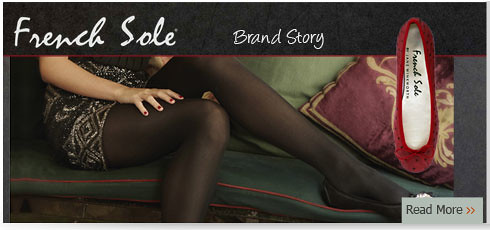Introduction
Activated carbon is a non-graphitic form of carbon, which could be produced by activation of any carbonaceous material such as coconut shells, bamboo, wood chips, sawdust, coal, lignite, paddy husk etc. The process of activation is carried out in two stages. The raw material is first carbonized and then activated either by chemicals or by steam to derive the highly porous structure. The two main parameters relevant to the performance of the activated carbon are namely, surface area and pore volume or structure. As to the shape of activated carbon, there is a difference between powder, granular and pelletized qualities. Based on suitable molecular size, the pore volume limits size of the molecules that can be adsorbed whilst the surface area limits the amount of material, which can be adsorbed.
Market Potential of Bamboo Charcoal
Bamboo charcoal is traditionally used as a substitute for wood charcoal or mineral coal. It can serve as a fuel, absorbent and conductor. The calorific value of bamboo charcoal is almost half that of oil of the same weight. Activated bamboo charcoal can be used for cleaning the environment, absorbing excess moisture and producing medicines. The absorption capacity of bamboo charcoal is six times that of wood charcoal of the same weight. China is a leader in its production. At present, Japan, the Republic of Korea and Taiwan Province of China are the main consumers, but its importation is rapidly expanding in Europe and North America. There are three main reasons contributing to the success of bamboo charcoal in international trade:
- bamboo grows faster and has a shorter rotation compared with tree species;
- the calorific value and absorption properties of bamboo charcoal are similar to or better than those of wood charcoal; and
- it is cheaper and easier to produce.
Industry Wise Consumption of Activated Carbon
Industry
|
Consumption (Tonnes)
|
Share (%)
|
Pharmaceuticals
|
1,968
|
6.0
|
Plasticizers
|
1,314
|
4.0
|
Glucose/Dextrose Monohydrate Sorbitol
|
1,168
|
3.5
|
Vegetable Oils
|
24,100
|
73.2
|
Textile & Other Sectors
|
4,380
|
13.3
|
Total
|
32,930
|
100
|
The domestic market for activated carbon is fast expanding with rapid growth of several end user industries. The demand from the vegetable oil industry- the largest consumer of activated carbon is 24,000 tonnes. The capacity utilization ratio is reported to around 85%. In such circumstances effected by higher demand as compared to shorter supply, end user industries have to depend partially on the imports and partially on the lower consumption of activated carbon at their units.
 The forthcoming ITMEX Americas 2009 - International Textile Machinery Trade Show, is expected to acquire great marketing exposure, integrating major industrial users of textiles, leather and other soft materials.
The forthcoming ITMEX Americas 2009 - International Textile Machinery Trade Show, is expected to acquire great marketing exposure, integrating major industrial users of textiles, leather and other soft materials. 





 4:50 PM
4:50 PM
 Fibre2Fashion Blogs
Fibre2Fashion Blogs







![Reblog this post [with Zemanta]](http://img.zemanta.com/reblog_e.png?x-id=b094e214-4b4c-4325-aa52-0898ec1e2f42)




